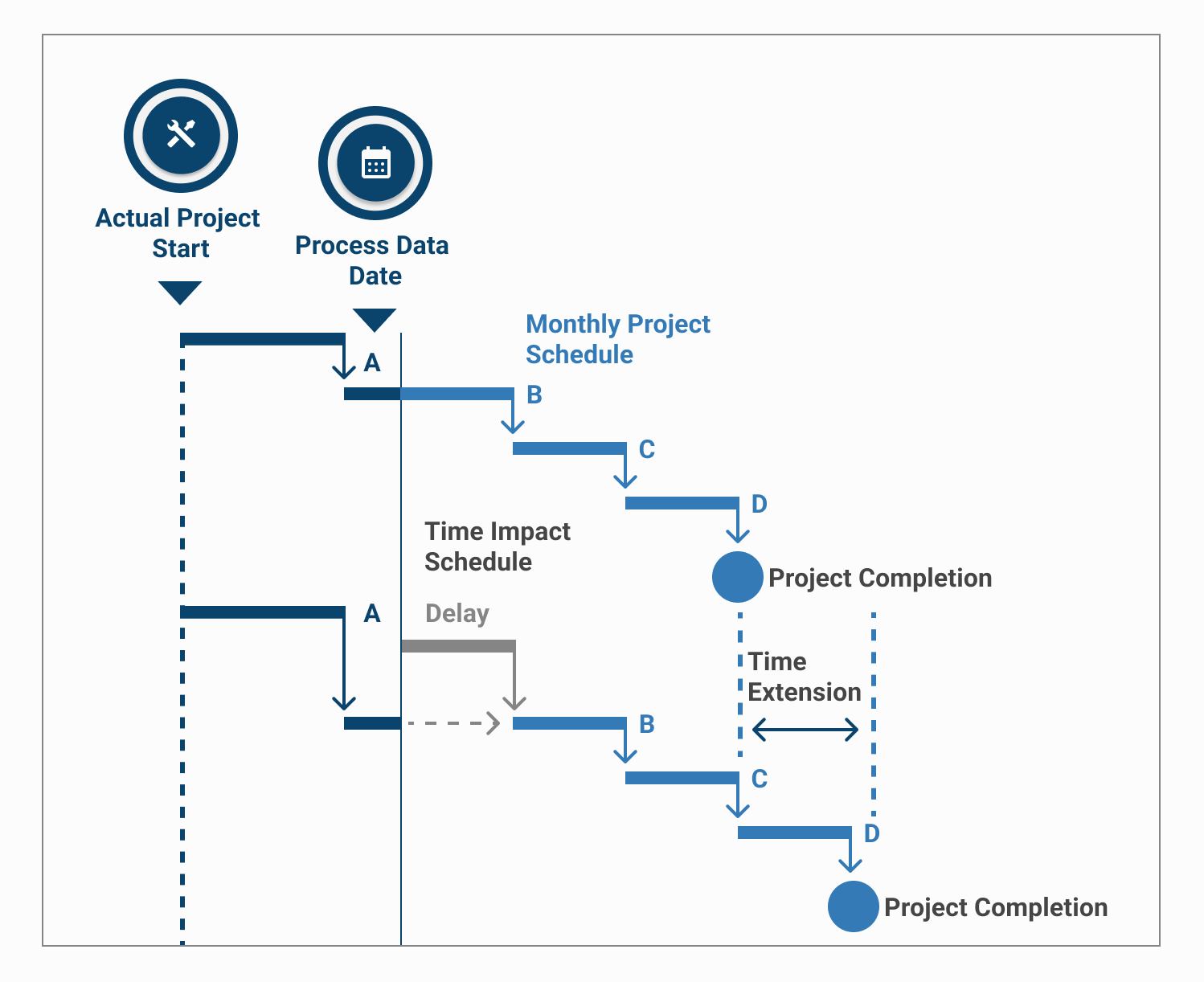Requesting for an extension of time in construction starts with writing a letter of request, also known as an extension of time letter, and attaching any necessary supporting documents. To make the process easier, it’s recommended to use an extension of time template as a basis for your letter. The important thing is to make sure you provide all the necessary information and documents to support your request.
Your EOT letter should clearly state the number of additional days you would need to complete the work. It should also include details of the delay, such as:
- The time or period when the delay occurred;
- A copy of any previous notice you sent to the head contractor or client regarding a possible delay;
- Any material or cost changes that have resulted from the delay;
- The events that led to the delay;
- The events or works that were affected by the delay;
- The measures you took to prevent the delay;
- Any alternative solutions you have to make up for the delay.
By including all this information and providing any necessary supporting documents, you increase the chances of your extension of time request being approved.









